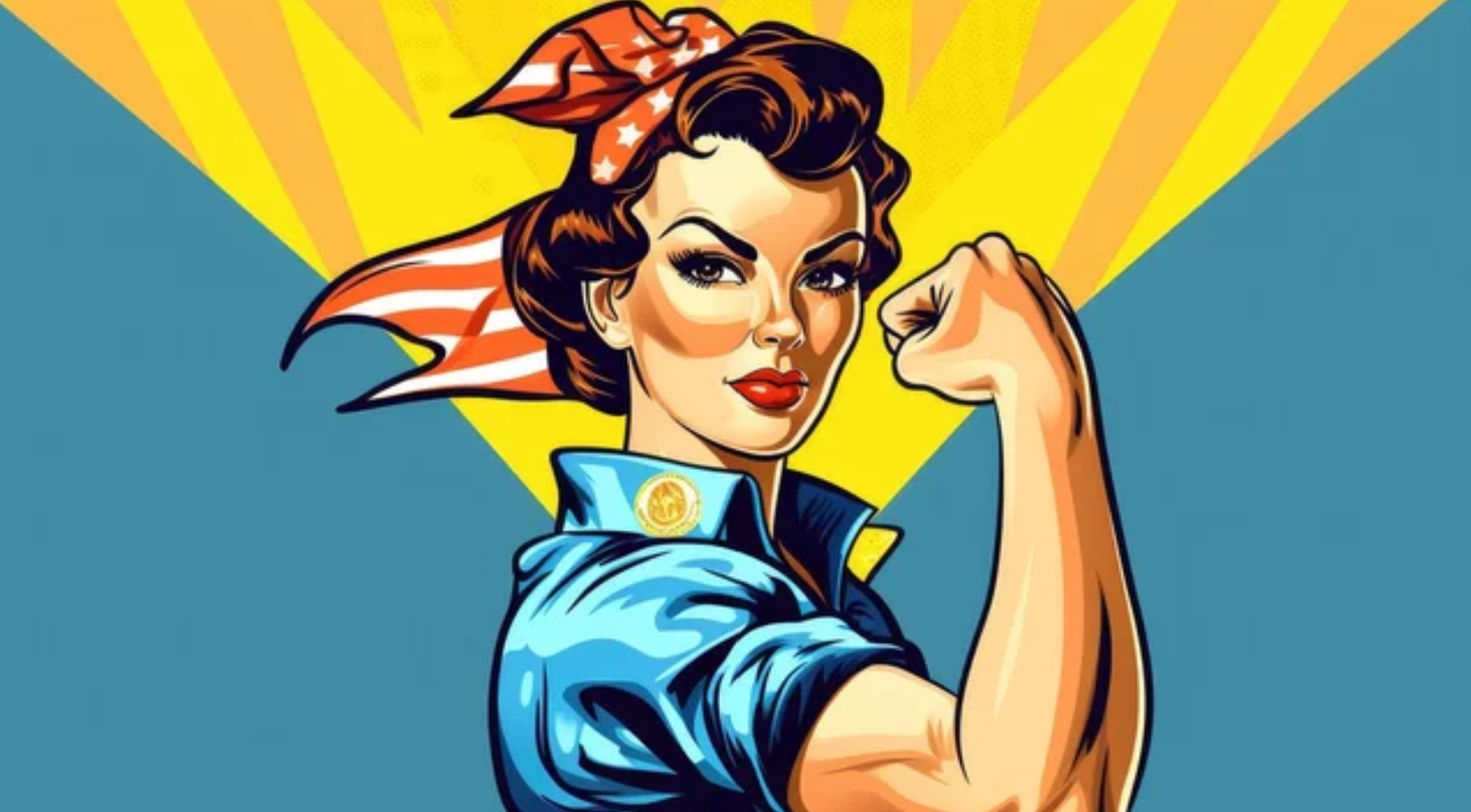Forged in Change: The Rise of Women in Steel

The steel industry, long defined by its rugged, traditional image, is facing a reality it can no longer ignore: it has spent decades shutting women out. Branded as a man’s world of blast furnaces, hard hats, and boardrooms dominated by the same voices, steel has resisted change. Yet, despite systemic barriers, women are not just entering the field: they are forging a new path for leadership, innovation, and progress.
This shift is not a matter of charity or political correctness. It’s about business survival. Companies that cling to outdated stereotypes are handicapping themselves, while those that embrace diversity are uncovering one of the industry’s most powerful strategic assets.
The unseen value: what women bring to the table
The business case for gender diversity in steel is undeniable. Women bring diverse experiences and problem-solving approaches that lead to better-informed decisions, improved safety outcomes, and stronger team dynamics. Their contributions touch every corner of the value chain: engineering, metallurgy, R&D, sustainability, logistics, and with them, they bring new perspectives that drive efficiency and adaptability.
Research confirms it: diverse teams perform better, and businesses with higher gender equity are more profitable. The real question is not whether women can strengthen the industry, but why steel keeps underestimating them in the first place.
Breaking barriers: a closer look at the challenges
A recent study on women managers in steel manufacturing (Lala, A., Coxen, L., & Stander, M. W., 2025) sheds light on the persistent obstacles women face:
- Work-life balance: Rigid structures and inflexible demands clash with women’s dual roles as professionals and caregivers.
- Gender bias: Women are still dismissed as “less competent,” “too emotional,” or lacking the “action-oriented” traits that leadership supposedly requires.
- Limited professional development: Opportunities exist, but often without real support: managers expect women to “choose work over growth.”
Despite this, women are finding ways to succeed. They are empowering themselves through continuous learning, building resilience through assertiveness, and leaning on support networks and mentorship. The industry may throw up walls, but women are proving they can climb them.
Still, the burden shouldn’t fall only on women. It’s the system that needs to change.
Where the change is happening: a new era of leadership
The numbers don’t lie: women account for only about 15% of the global steel workforce. Yet, despite being underrepresented, their rise to executive positions is unmistakable. And it’s not by chance.
Steel is evolving, and the skills most in demand: digital transformation, supply chain complexity, sustainability, and customer-focused innovation, are precisely where women have demonstrated exceptional capability. Their leadership is no longer an exception; it’s becoming a necessity for an industry under pressure to transform.
A call to action: no more excuses
If the steel industry is serious about its future, it must stop treating gender diversity as an optional add-on. The gaps are glaring:
- Skilled trades: Welders, millwrights, electricians, equipment operators.
- Engineering & technical roles: Metallurgical, mechanical, environmental engineers.
- Operations management: Plant managers, supervisors, safety coordinators.
- Executive leadership: Directors, VPs, board members.
- Innovation & sustainability: Leaders in automation, digitalization, and green steel.
Closing these gaps requires bold action:
- Mentorship & sponsorship: Pair aspiring women with leaders who will actively champion their careers.
- Inclusive recruitment: Stop hiring for “cultural fit” and start hiring for growth and capability.
- STEM outreach: Inspire the next generation of women long before they enter the workforce.
- Supportive networks: Build communities that challenge bias and amplify women’s voices.
- Ergonomic & safety investment: Ensure facilities are designed for all workers, not just men.
The steel industry has always prided itself on strength. But its greatest weakness has been its refusal to recognize women as equal drivers of innovation and progress. That excuse is no longer acceptable.
By opening its doors wider, steel won’t just become fairer: it will become smarter, stronger, and more resilient. The question is no longer whether women belong in steel. It’s whether steel can afford to survive without them.
